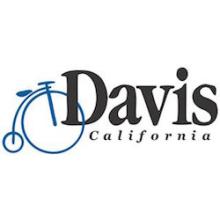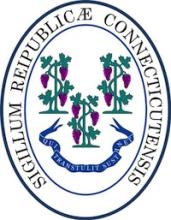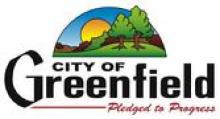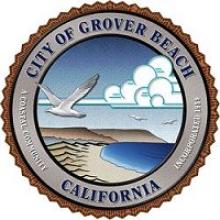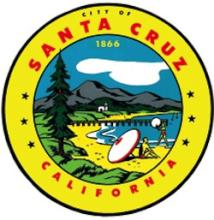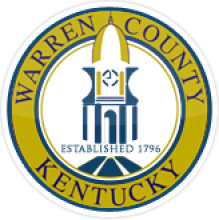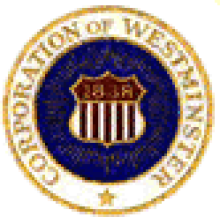Dark Fiber, Free Wi-Fi, Startups in Cape Girardeau, Missouri
Missouri law has severely restricted municipal networks, but local entrepreneurs decided to create their own fast, affordable, reliable community connectivity. The City of Cape Girardeau has made new plans in its Marquette Tech District: free public Wi-Fi and a tech-hub for startups. Although the city is already home to more than 100 large employers, city officials want to also encourage small businesses and entrepreneurship. Underneath all the possibilities is publicly owned dark fiber.
The Marquette Tech District will utilize the City of Cape Girardeau’s dark fiber to connect the new tech-hub and provide free public Wi-Fi. The project hopes to bring new vitality to the Marquette Tower building, a center of the city's old economy, transforming it into a space for new technology-based companies. Local entrepreneurs have created a nonprofit to develop the project and the local Internet Service Provider (ISP) Big River Communications is on board. The city, meanwhile, owns the essential infrastructure - the fiber.
A Nonprofit Drives Development
The Southeast Missourian has followed the development of the project since its inception. From the planning process to obtaining grants, the newspaper has unraveled the complex collaborations across several institutions and levels of government.
The City of Cape Girardeau, population 40,000, has always been a regional commercial hub on the Mississippi River in southern Missouri. In the late 1920s, travelers could stay downtown at the upscale Marquette Tower hotel. More than 100 employers in the city each provide jobs to more than 100 people, including Southeast Missouri State University and several healthcare systems. Community leaders hope the new tech district will attract and retain young professionals; the university next door is an excellent resource for educating and keeping a talented tech workforce.




